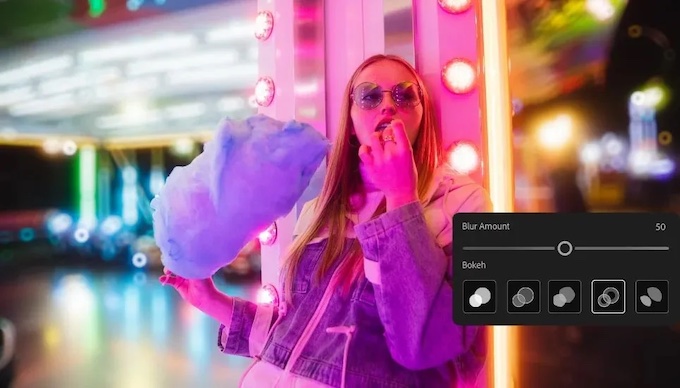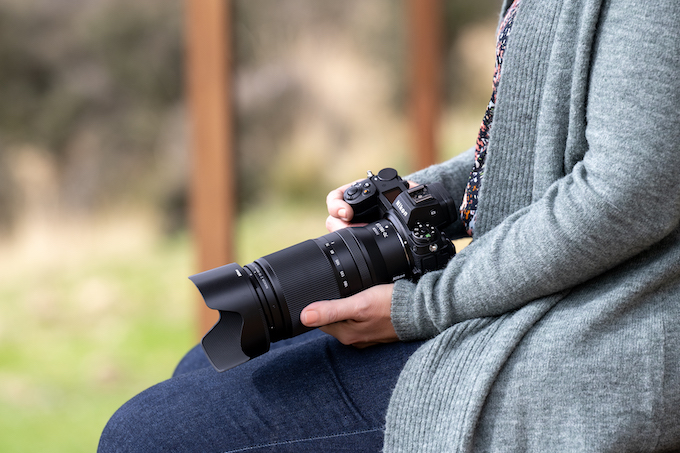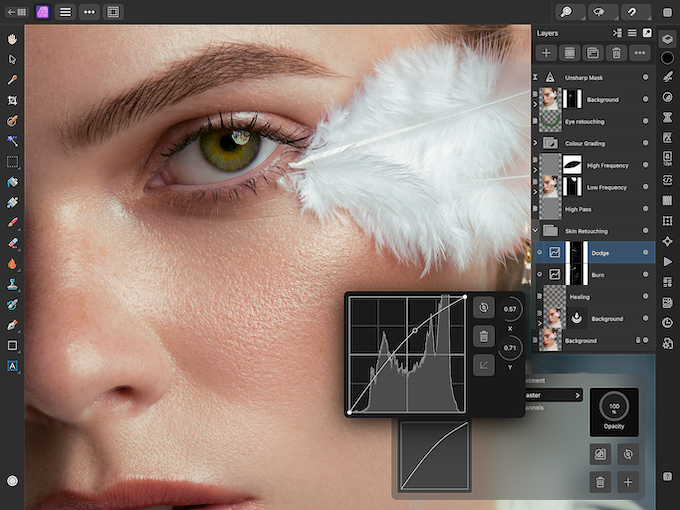Software
With the introduction of Nik Software’s U Point technology to DxO Optics Pro, DxO has rebranded the software as DxO PhotoLab. PhotoLab runs as a standalone RAW file processing app and as a plug-in to Adobe Photoshop Lightroom.
PhotoLab is available in two versions, Essential and Elite. The Essential version lacks the ClearView and PRIME noise reduction features of the Elite version and is available for $129. PhotoLab Elite combines all of the features of OpticsPro 11 as well as the new features discussed here and is available for $199.
Both Mac and Windows versions are offered, but with a few minor differences in the two platforms. I tested the PhotoLab Elite version 1.1.1 as a standalone and as a Lightroom CC Classic plug-in on both platforms.
What’s New
The big news in PhotoLab is the introduction of local adjustments by means of U Point technology, which Nik Software had created for its programs several years ago. DxO purchased the technology from Nik’s owner, Google. DxO promises new versions of the original Nik software suite later this year, and PhotoLab gives us a feel for what’s coming.

You access the U Point technology of Control Points by selecting the top wedge of the radial menu of the Local Adjustments tab. Photo © Stan Sholik
U Point technology automatically analyzes the image luminosity, contrast, and color, and then applies your correction to all of the pixels with those characteristics in the area you target. By adjusting sliders, you have control over ten image adjustments of the masked area: exposure, contrast, microcontrast, ClearView, vibrancy, saturation, color temperature, tint, sharpness, and blur. In DxO-speak, the collection of these sliders is called the “Equalizer”.
To take advantage of the U Point technology, you select the new Local Adjustments tab in the toolbar of the Customize tab. Right clicking in an area outside of the area on which you will be working opens a radial menu. Control points are found in the uppermost wedge of the circle. Clockwise, other new tools include auto mask, an eraser brush, new mask, reset, a masking brush, and graduated filter. The Equalizer is incorporated into the control point, auto mask, masking brush, and graduated filter tools.
The coolest of the local adjustments is the Control Point option. With the Control Point wedge active, you click somewhere in the area that you want to adjust. The software analyzes the image information under the click point and the Equalizer appears. Moving a slider up or down with your mouse pointer applies the adjustment to pixels similar to those under the selected area. It is astonishing how well this works and how it leaves other pixels in the circle unaffected.

Clicking on a tone in the image that you want to adjust with a Control point opens a resizable circle and the ten options of the Equalizer. Photo ©Stan Sholik
Auto mask works in a similar fashion, although you must brush on the mask, but without a lot of care about the edges. While the mask you paint looks like it covers areas that you do not want to adjust, when you actually make the adjustments, only the area that was under the central dark of the brush are adjusted. The brush tool works in the traditional fashion and the eraser tool cleans up areas you over-painted with the brush tool.
While local adjustments are the big news, there are other new features in Photo Lab. The Brush tool now allows you to adjust flow and opacity as well as size and feathering. And DxO rebuilt the Repair tool to deliver better and faster results.

Final output after adjusting with Control points in PhotoLab. Photo ©Stan Sholik
User Friendliness
DxO Optics Pro always ranked high for me in user friendliness and with the addition of easy to use local adjustments, PhotoLab keeps the high ranking. When you open a folder of images in PhotoLab, the software analyzes the EXIF metadata to determine the camera and lens you used. It then searches into its database of 40,000+ combinations and automatically applies corrections based on tests conducted with that combination. If the Optics Pro Module for the camera/lens combination is not available on your computer, PhotoLab prompts you to download and install it. This just takes a few seconds, but you can ignore it if you wish. The prescribed Module adjustments are automatically applied and you are on your way.
PhotoLab also automatically applies DxO Smart Lighting, contrast, input RAW noise reduction, cropping based on straightening the horizon, and vignetting correction to your photos. These generally give you a great looking starting point for further adjustments, but often nothing further is even needed. While these are applied automatically, you can go to the Customize tab and the right panel displays the adjustments made and you can fine tune or change them completely. You can also click the Compare tab in the tool bar to see before and after images.
What We Liked
The entire implementation of local adjustments in PhotoLab is outstanding, even in its first attempt here. Without the need for layers and complex manual masking it is possible to make fine corrections over specific regions of the image. Control points were awesome in Nik software and DxO has made them more so with the addition of many more adjustment possibilities. You are able to apply multiple control points on an image and even use control points to protect areas by pressing the Alt/Option key when you click.
Auto mask worsk great for selecting areas in a portrait. With auto mask you see the mask as you are dragging the masking circle on the image, but as mentioned, you don’t need to be too precise about it. While it may not look like what you want when you first see the mask, the adjustments go right where you want them. Plus you are making all of these local adjustments on RAW files that are re-editable at any point in the future.
These local adjustments added to the global adjustments in one of the best RAW file conversion programs available make a winning combination.
What We Didn’t
Even though local adjustments with control points and auto masking are new, I find it very difficult to fault when applied to smaller regions. But when you want to darken a sky that runs across the top of an entire image, you can’t do it with one circle, and even if you could, the adjustment feathers out from the center point. Applying the same correction by clicking multiple areas of the sky creates a very uneven result. Using auto masking will solve this problem, but doesn’t work if there are sky areas visible through leaves of a tree. With the right images, and most will be, PhotoLab local adjustments are wonderful—but sometimes they aren’t.
PhotoLab incorporates many of the familiar Adobe shortcut keys, but I really, really want to adjust the size of the brush and the repair tools with right and left bracket keys rather than a slider.
Also, as helpful as the radial menu is in selecting local adjustment tools, I would like to be able to reposition it once it is active. And finally, although this has been an issue with Optics Pro as well as PhotoLab, there no support for adjusting DNG RAW files.
How it Compares
DxO PhotoLab is not a digital asset manager although the Organize module allows you to set tags and ratings. There is no ability to compose multiple images, create panoramas, or create HDR images. The same is not true of its main competitors, Adobe Lightroom CC Classic and Capture One. While all three give excellent results, the quality of the exports from PhotoLab and Capture One are visibly better than those from Lightroom. PhotoLab and Capture One allow you to export images with multiple recipes at the same time while Lightroom does not. But Lightroom provides full support for IPTC metadata and PhotoLab does not. All three programs allow you to apply the same adjustments to multiple images, but PhotoLab is unique in making you choose the images first, and then make the adjustments.
Bottom Line
What has always set DxO software apart from all competition is the PRIME noise reduction in the Elite versions. If you shoot high ISO images, PhotoLab Elite is your best choice for eliminating noise. Choosing between DxO PhotoLab and Capture One, with its somewhat higher learning curve, and Lightroom will come down to which program better matches your needs and workflow.
Stan Sholik is a commercial/advertising photographer in Santa Ana, CA, specializing in still life and macro photography.
Don’t Miss: Alien Skin Exposure X3 Review





